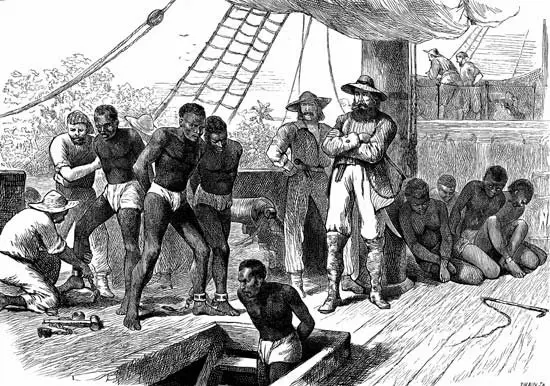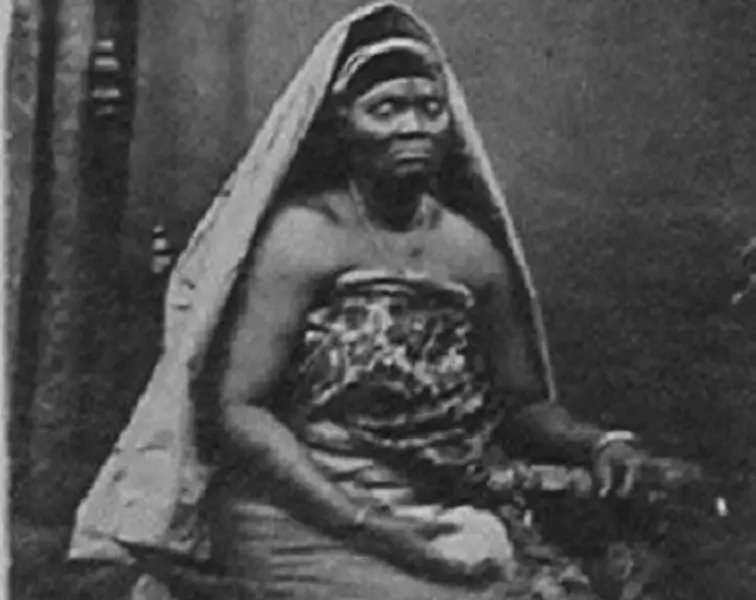Slave trade
Tracing Memories of the Slave Trade in Ilojo Bar
The street never forgets. Even when the records fail to tell a story, some memories remain for centuries. And on Tinubu Square, there are memories attached to the location on Lagos Island where Ilojo Bar used to be. Those memories tell a story of slave trade. They stem from way back, before the Brazilian style house was built around the turn of the nineteenth century.

The records in the Land Registry show that before José Amoedo Fernandez acquired the plots on Tinubu Square, the land had been the property of many different people. And one of the early names turning up in these records are the ones of two white slave traders from Brazil: the Martins Jambo brothers. In the mid nineteenth century they shipped many Africans to Brasil from Lagos, which had grown from a fishing village to an economic hub in the Transatlantic slave trade.
Even after the Brazilian abolition of slave trade in 1850, some traders kept dealing in human beings trough that route. The Martins Jambo brothers were particularly notorious. Apart from palm oil and other goods, they continued their trade in human beings. Pedro Martins Jambo did so from a house and shop in Lagos, possibly on Tinubu Square. By that time, the British new found stance against slavery – after having been involved in it for centuries – had reached Lagos. That is why the British consul of Lagos, Benjamin Campbell, threw Martins Jambo out of the city in 1853.
Martins Jambo was a business partner of Madam Tinubu's, a powerful Yoruba business woman and slave trader in Lagos. She was close to traditional rulers like the Oba of Benin. They tried to invite Martins Jambo back to Lagos, but the slave dealer was never enabled to gain a foothold in the British colony again. This explains why in 1863, two years before Pedro Martins Jambo's death, the property in Lagos was sold. By that time, even Madam Tinubu had been sent away in 1856. She spent the rest of her life in exile in Abeokuta, where the wealthy business woman reportedly had sixty people, mostly enslaved, working for her.

This background story gives meaning to memories of the Olaiya family, of whom the family patriarch bought the property on Tinubu Square by auction in 1933. The family remembers finding shackles in the building that would have been used on the enslaved people who were traded through this location. And even though it was impossible to find those shackles in the National Museum where the family says they brought them to in the 1950s, the connection to the slave trade of the location, should not be dismissed. Also because according to oral history, nineteenth century slave traders from Ekiti who raided villages in the region and captured people, used to take them to the white slave traders in Lagos on Gbambose Street, the back side of what later would become Ilojo Bar. Before it became the Brazilian style building and a national monument, the site seems to have had a connection with the trade in human beings and the transatlantic slave trade. It is a dark story, but one that should not be forgotten.
